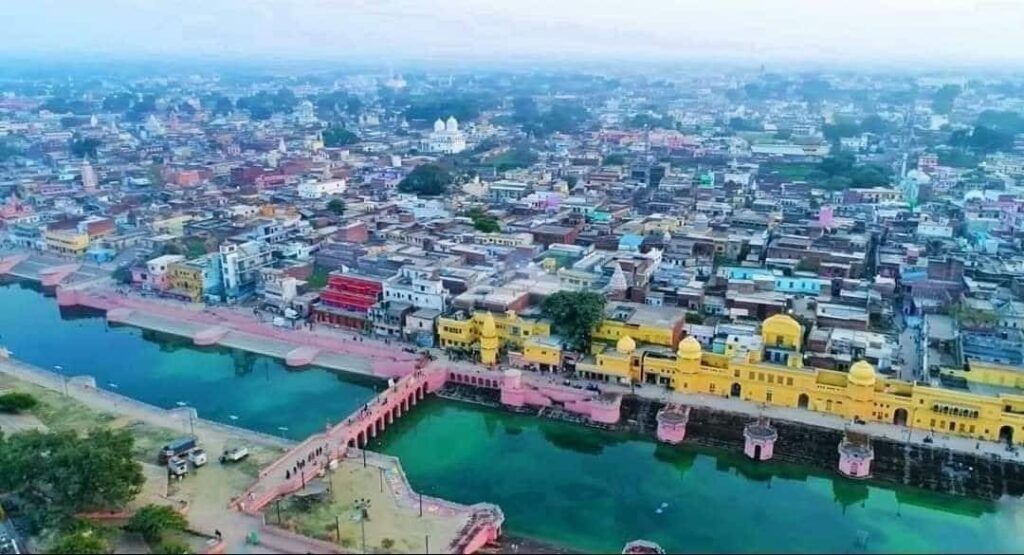Ayodhya is a city located in the northern Indian state of Uttar Pradesh, and is widely considered to be one of the most holy cities in India. Its history dates back to ancient times, and it has been the site of many significant events over the centuries. In this blog, we will take a closer look at the history of Ayodhya, tracing its roots from ancient times to the present day.
Ayodhya is believed to have been founded by Manu, a Hindu mythological figure, thousands of years ago. The city’s early history is shrouded in mystery, with many legends and myths surrounding its origins. However, it is known that Ayodhya was an important center of culture and commerce during the Gupta dynasty (320-550 AD), and that it was also a major pilgrimage site for Buddhists during the Mauryan period (321-185 BC).
During the medieval period, Ayodhya became an important center of Hinduism, with many famous temples and shrines being built in the city. One of the most significant of these was the Ram Janmabhoomi Temple, which is believed to have been built on the site where Lord Rama, a revered deity in Hinduism, was born. The temple was destroyed and rebuilt several times over the centuries, and became a source of controversy in the 20th century due to a dispute between Hindus and Muslims over its ownership.
In modern times, Ayodhya has become a symbol of religious and political tensions in India. In 1992, a group of Hindu activists demolished the Babri Masjid, a mosque located on the site of the Ram Janmabhoomi Temple, leading to widespread communal violence across the country. The dispute over the ownership of the site was eventually settled by the Supreme Court of India in 2019, which ruled in favor of the Hindu claimants and allowed for the construction of a new temple on the site.
In conclusion, Ayodhya is a city with a rich and complex history, steeped in religion and culture. Its many temples and historic sites make it a must-visit destination for anyone interested in exploring the cultural heritage of India, while its controversial past serves as a reminder of the challenges of religious coexistence in a diverse and complex country.
